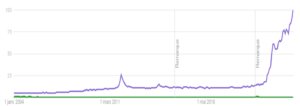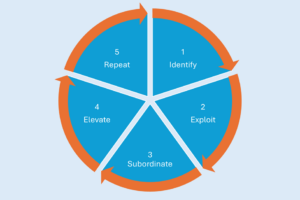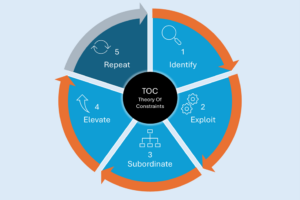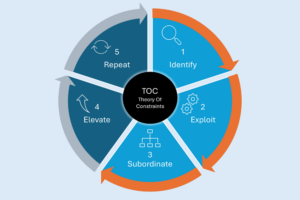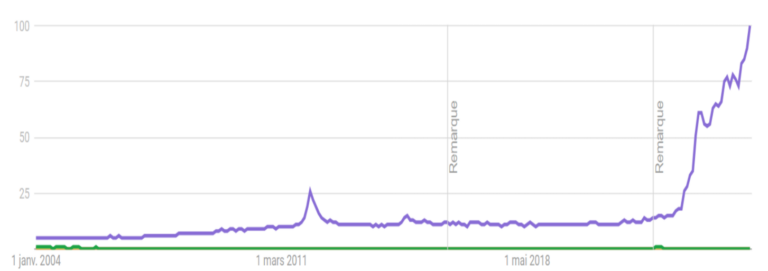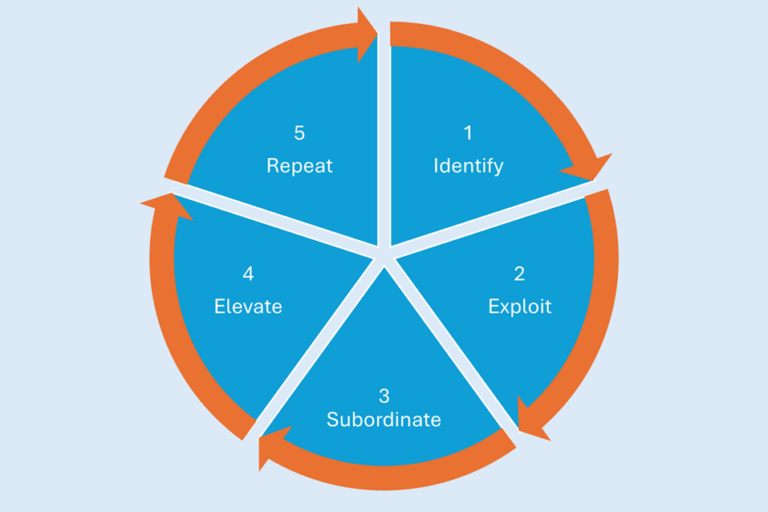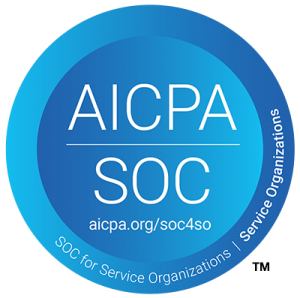In my career, I must have participated in more than 200 monthly S&OP meetings, at the level of a factory or industrial group management committee.
A recurring challenge during these reviews was to get the team to look over the horizon and prepare the company to face its medium/long term challenges in a coordinated and structured manner.
Instead, most of the the teams’ energy and attention was focused on the next two to three months: catching up on the backlog, resolving the current quality crisis, preparing for the upcoming vacation shutdown, or targeting the end-of-quarter stock outlook…
Worse, the beginning of the review was often devoted to a look back at the past: why didn’t we make the plan — sales or production — with a few political battles on the way…
The real strategic discussions and decisions were more often taken at the coffee machine or in the restaurant than during the S&OP meeting!
DDS&OP and Adaptive S&OP
When, in early 2014, I was trained in the DDMRP methodology, it was clear that in the CDDP training at the time the S&OP component was thin. DDMRP was mostly described as an operational mechanism for inventory replenishment. The longer-term link was briefly discussed at the end of the training. It was packed in 7 slides, mentioning the projection of buffers and some variance analysis.
Over the years, in collaboration with Dick Ling, the very inventor of S&OP, the Demand Driven Institute has expanded on this aspect of the Demand Driven Adaptive Enterprise model. When I first saw the model described below, I was perplexed.
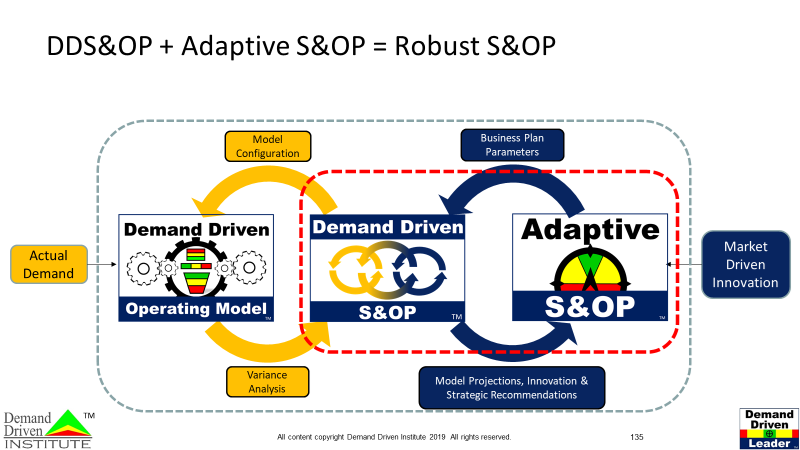
Why make S&OP, a laborious process that is difficult to sustain in many companies, a two-stage process, with a DDS&OP on the one hand and an Adaptive S&OP on the other? Wasn’t S&OP already difficult enough?
Decoupling AND Reconciling Operations and Strategy
After having accompanied several companies in the implementation of this model, I must admit I was wrong. The model is relevant and effective — as it decouples tactical and strategic activities.
The DDS&OP is based on the Demand Driven Operating Model: we measure the model’s behavior through analytical reports, we identify opportunities for improvement, we project the model in the short/medium term to anticipate the events of the coming months: building ahead to anticipate a shutdown, upcoming promotions, adapting capacities. We are clearly at a tactical level, the activity of the DDS&OP team is very down to earth, we evaluate the scenarios of the months to come and we prepare the operating model to face them, in particular through zone adjustment factors of the buffers. It is at this level and by this team that the problems of the moment, as well as the risks and opportunities of the months to come, are dealt with. This is where data analysis and projections are made — through the Replenishment+ APM module.
Adaptive S&OP therefore focuses on the strategic horizon and decisions, and truly belong to the leadership team. This strategic S&OP is not out of touch with the ground: it is maintained in coherence with the pull flow operating model thanks to the DDS&OP. But its focus is on the long term and the strategy. By formalizing and equipping this distinction between tactical and strategic horizons, the Demand Driven Institute helps companies to articulate decision making at the right level and by the right teams.
As an example, Michelin has clearly distinguished two distinct and complementary processes: “M0-M3” and “M0-M12” for the deployment of their “Prod’Agile season 2” project.
During our virtual conferences of March-April-May 2021, several companies have testified about the evolution of their S&OP process in their Demand Driven transformation. We invite you to discover their testimonies in available replay sessions!


